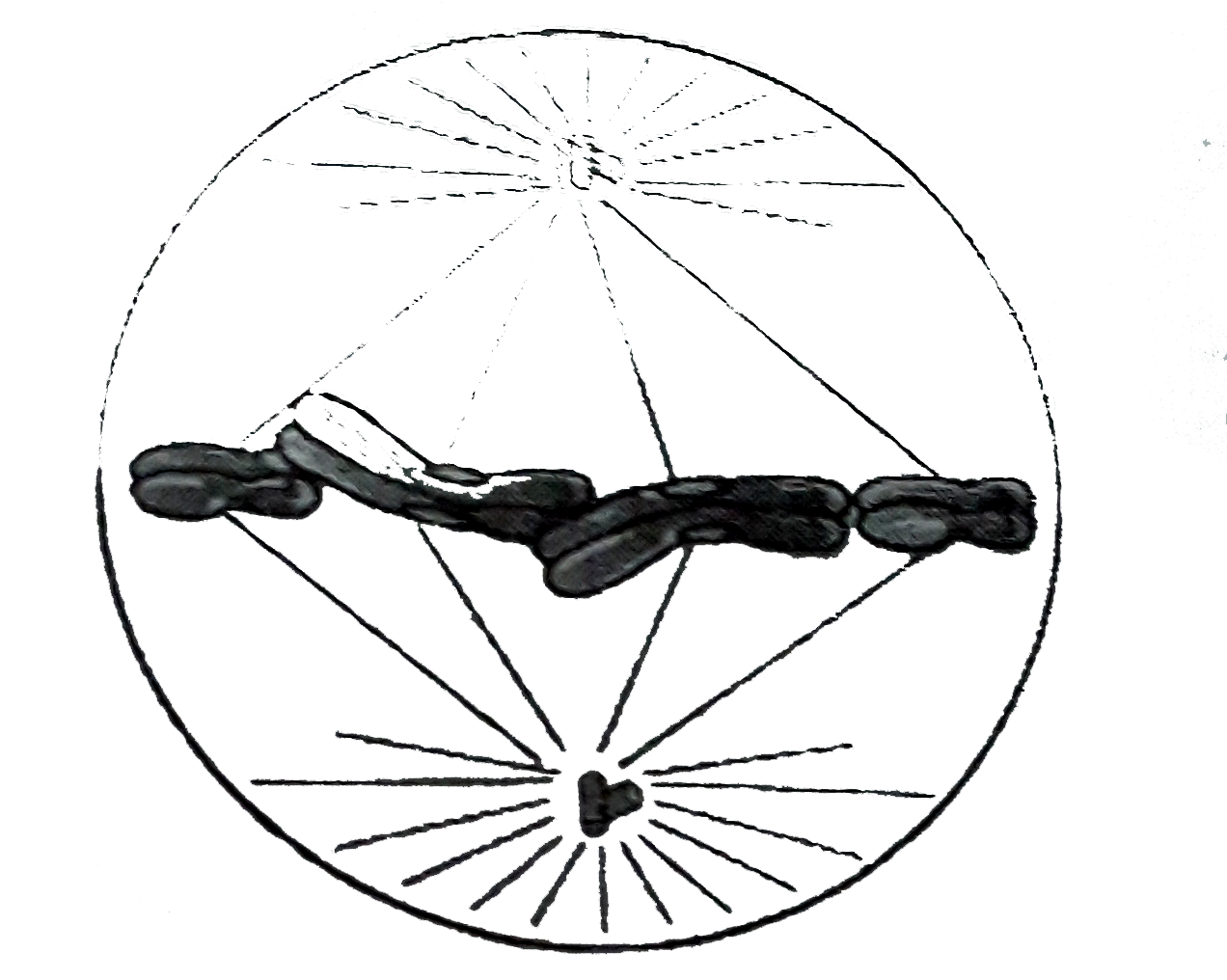Select the correct option with respect to the law of independent assortment
It can be explained by using monohybrid cross
The inheritance of one character is dependent on another character
This law is not applicable universally
It was proposed by Bateson
The correct Answer is:C
To solve the question regarding the law of independent assortment, we will analyze the options provided and determine which statement is correct based on Mendel's principles of inheritance.
1. Understanding the Law of Independent Assortment:
- The law of independent assortment states that the inheritance of one trait does not influence the inheritance of another trait. This means that alleles for different traits segregate independently during gamete formation.
2. Identifying the Context:
- Mendel's experiments with garden peas (Pisum sativum) demonstrated this law by observing traits such as seed shape (round vs. wrinkled) and seed color (yellow vs. green).
3. Evaluating the Options:
- Option A: "We can explain it with the help of monohybrid cross."
- This is incorrect because a monohybrid cross involves only one trait, while the law of independent assortment pertains to two traits.
- Option B: "Inheritance of one character is dependent on another character."
- This contradicts the law of independent assortment, which states that traits are inherited independently.
- Option C: "It is not universally applicable."
- This is correct. While the law applies to traits that are located on different chromosomes or far apart on the same chromosome, it does not hold true for genes that are linked (close together on the same chromosome).
- Option D: "Bateson proposed it."
- This is incorrect. The law of independent assortment was proposed by Gregor Mendel, not Bateson.
4. Conclusion:
- Based on the evaluation, the correct option regarding the law of independent assortment is Option C: "It is not universally applicable."
- The law of independent assortment states that the inheritance of one trait does not influence the inheritance of another trait. This means that alleles for different traits segregate independently during gamete formation.
- Mendel's experiments with garden peas (Pisum sativum) demonstrated this law by observing traits such as seed shape (round vs. wrinkled) and seed color (yellow vs. green).
- Option A: "We can explain it with the help of monohybrid cross."
- This is incorrect because a monohybrid cross involves only one trait, while the law of independent assortment pertains to two traits.
- Option B: "Inheritance of one character is dependent on another character."
- This contradicts the law of independent assortment, which states that traits are inherited independently.
- Option C: "It is not universally applicable."
- This is correct. While the law applies to traits that are located on different chromosomes or far apart on the same chromosome, it does not hold true for genes that are linked (close together on the same chromosome).
- Option D: "Bateson proposed it."
- This is incorrect. The law of independent assortment was proposed by Gregor Mendel, not Bateson.
- Based on the evaluation, the correct option regarding the law of independent assortment is Option C: "It is not universally applicable."
Similar Questions
Knowledge Check
Select the correct option with respect to mitosis
AGolgi complex and endoplasmic reticulum are still visible at the end of prophaseBChromatids separate but remain in the centre of cell in anaphaseCChromosomes move to spindle equator and get aligned along equatorial plate in metaphaseDChromatids start moving towards opposite poles in telophase.Select the correct option with respect to mitosis
AChromosomes move to the spindle equator and get alingned along equatorial plate in metaphaseBChromatids separate but remain in the centre of the cell in anaphaseCChromatids start moving towards opposite poles in telophaseDGolgi complex and endoplasmic reticulum are still visible at the end of prophaseSelect the correct option with respect to mitosis
 AChromatids start moving towards opposite poles in telophaseBGolgi complex and endoplasmic reticulum are still visible at the end of prophaseCChromosomes move to the spindle equator and get aligned along equatorial plate in metaphaseDChromatids separate but remains in the centre of the cell in anaphase
AChromatids start moving towards opposite poles in telophaseBGolgi complex and endoplasmic reticulum are still visible at the end of prophaseCChromosomes move to the spindle equator and get aligned along equatorial plate in metaphaseDChromatids separate but remains in the centre of the cell in anaphase
Select the correct option with respect to mitosis.
View SolutionIndependent assortment means:
View SolutionSelect the correct option with respect to cockroaches:
View SolutionSelect the correct option with respect to thermal pollution.
View SolutionSelect the correct option with respect to cockroaches:
View Solution